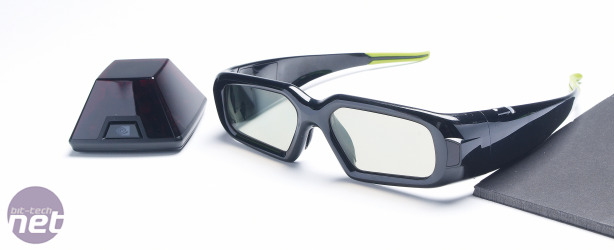Conclusion
While some of our test subjects had positive words to say about 3D, most of these people were unconvinced by the technology. We were careful to choose a game that was rated by Nvidia as having ‘Excellent’ compatibility, but GRID still showed some noticeable errors during testing.Smoke clouds from braking or excursions off the track appeared to be on the same depth plane as the HUD, which was jarring for most testers, for example. However, this article isn’t a critique of 3D Vision in general, otherwise we’d have tested far more games.

We saw no correlation between the rated comfort of the glasses and how much a respondent would pay for them
The issues with GRID aside, most testers rated 3D gaming as being less than brilliant, giving it a rating of 3/5 or less. Even Nvidia admits that there are caveats with 3D – vision issues such as a dominant eye can undermine the effect, for example. If your left eye dominates your right then the picture that your right eye sees will be blurry, which could be a reason for headaches or a less than perfect effect.
Nvidia also points out the fact that 3D monitors tend to be relatively small, and 3D works better on a larger screen where the 3D washes over you – smaller screens require closer scrutiny, which can have a detrimental effect. The Acer screen we used for testing is currently the largest 3D PC monitor on the market, though, so for a larger screen, you’d have to use a TV. However, as TVs are designed to be viewed from ten feet away, they have relatively low resolutions for their size.

A 1080p 40in telly might sound good, but it means that those 1,920 x 1,080 pixels will look very blocky if you sit close to it. It’s also frustrating that while 3D TVs tend to be top-of-the-line models that are great in 2D, 3D-capable PC screens are based on ropey TN panels.
The overwhelming feeling is that 3D is here to stay, at least for the foreseeable future. Nvidia’s 3D Vision is already part of the Blu-ray spec, Flash 10.2 and Silverlight (which is used for a lot of sports video streaming), while YouTube is working on 3D Vision support too.
FujiFilm, Panasonic and Sony have adopted 3D Vision for their video and stills cameras to a greater or lesser extent, while Blizzard (the maker of StarCraft and WoW) is said to love 3D. Nvidia also states that it’s constantly updating its drivers, and Intel is also talking about its own 3D technology. Even if the general feeling is that 3D gaming isn’t great right now, there’s every possibility that it might become much better in the near future.

MSI MPG Velox 100R Chassis Review
October 14 2021 | 15:04










Want to comment? Please log in.